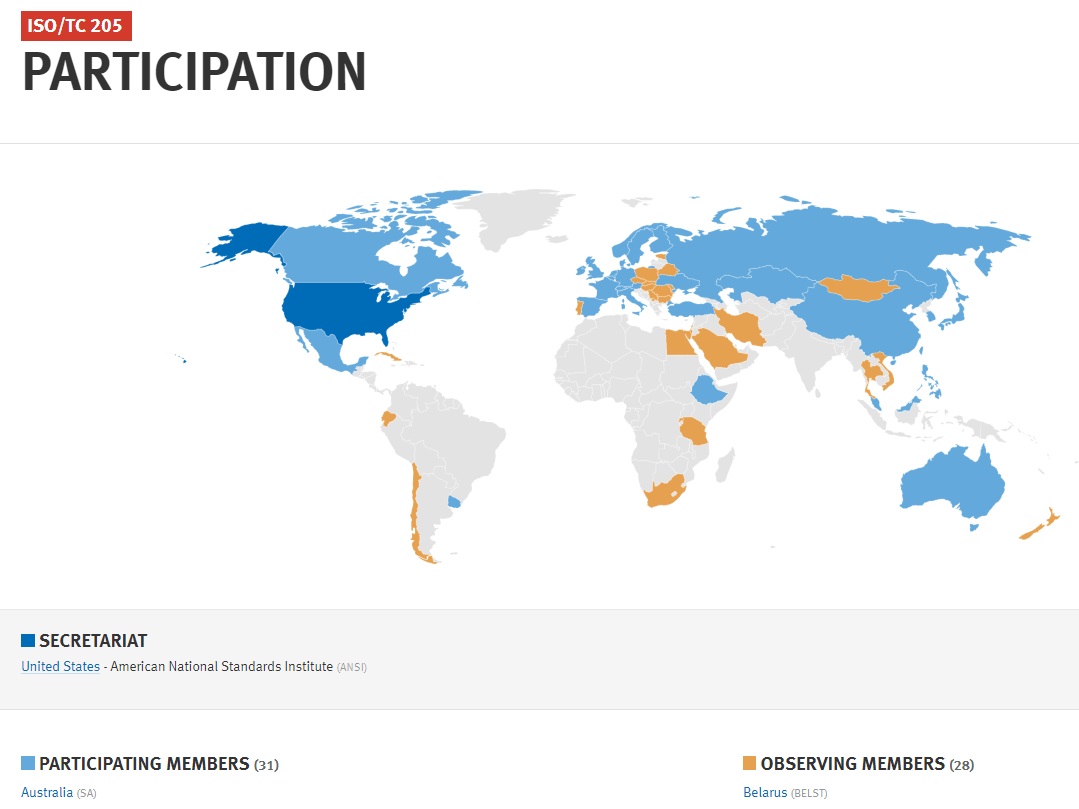“The Stars and Stripes Forever” John Phillip Sousa 1896
- Home Page 87

Coconut Cold Brew
2023 Financial Report & Audit | $1.092B
The United States Food and Drug Administration and the National Coffee Association recommended standard temperature for safe hot coffee is around 160°F to 165°F (71°C to 74°C). This temperature range is considered hot enough to be enjoyable while minimizing the risk of scalding or burning.
These agencies do not have specific regulations or guidelines solely dedicated to cold brew coffee. However, there are general principles and best practices for handling and storing perishable food products that can be applied to cold brew coffee to ensure safety.*
|
Cold brew coffee typically requires more time to prepare than traditional hot brew coffee. While hot brew coffee can be made in just a few minutes, cold brew coffee is made by steeping coffee grounds in cold water for an extended period of time, usually between 12 to 24 hours. The longer steeping time allows the coffee to extract more slowly and results in a smoother, less acidic coffee concentrate. After steeping, the coffee grounds are usually filtered out and the resulting concentrate can be diluted with water, milk, or other liquids and served over ice. While cold brew coffee does require more time to prepare, many coffee drinkers prefer its smoother, less bitter taste and lower acidity compared to hot brewed coffee. Additionally, the longer shelf life of cold brew coffee concentrate makes it a popular choice for those who like to prepare coffee in advance and have it ready to drink throughout the day. |
The Sacred Myths of Liberalism | Eric Kaufman (University of Buckingham)
Elon University Facilities Management
We cover the technical standards applicable to small to medium sized coffee preparation installations in a cross-cutting way during our Kitchens 200 colloquium.
Relevant IEEE Research:
COVID-19 pandemic affected on coffee beverage decision and consumers’ behavior
Using Digital Marketing to Enhance Sustainability in The Coffee Business
* These recommendations are based on general food safety practices:
Water quality: Start with clean, potable water to brew your cold brew coffee. Make sure the water source is safe and free from contaminants.
Brewing process: Follow good manufacturing practices and ensure that your brewing equipment and utensils are clean and sanitized. Cold brew coffee is typically brewed using room temperature or cold water over an extended period. Ensure that the brewing container is properly sealed and protected from any potential sources of contamination.
Filtration: After the brewing process, filter the cold brew coffee to remove any sediment or particles. This can be done using a fine-mesh sieve or a dedicated filtration system.
Storage: Store the cold brew coffee in a clean, airtight container in the refrigerator. This helps to inhibit the growth of bacteria and maintain the quality of the coffee. Cold brew coffee can typically be stored for a few days to a couple of weeks, depending on the specific recipe and preparation method.
Temperature control: Keep the cold brew coffee refrigerated at a temperature below 41°F (5°C) to prevent the growth of harmful bacteria.
Serve safely: When serving cold brew coffee, use clean and sanitized utensils, containers, and dispensing equipment to avoid cross-contamination. If you add any additional ingredients like milk or sweeteners, ensure that they are stored properly and do not exceed their recommended storage times.
Congratulations to our Lumen Scholars who are going out into the world and making a difference. Learn more about the projects they worked on during their time at Elon and what's next here: https://t.co/iuh9wQ16NB pic.twitter.com/NJ3RiNTVS3
— Elon University (@elonuniversity) June 18, 2025
English Viticulture and Oenology
This content is accessible to paid subscribers. To view it please enter your password below or send mike@standardsmichigan.com a request for subscription details.
Café Crème
Switzerland has some unique ways of making and serving coffee. One notable tradition is the “Schümli-Pflümli,” a Swiss coffee drink that combines coffee with plum schnapps and whipped cream.
Here are a few other Swiss coffee specialties:
Café Crème: A popular Swiss coffee, it’s a large coffee similar to an Americano but typically served with a layer of crema on top.
Kaffee fertig: This is a coffee with added Schnaps or Kirsch (a type of cherry brandy), served hot and often enjoyed in the winter.
Luzerner Kafi: A regional specialty from Lucerne, this is a coffee with Schnaps and sugar, sometimes with a bit of whipped cream.
Zuger Kirschtorte Coffee: Inspired by the famous cherry cake from Zug, this coffee includes cherry liqueur and is often served with a small piece of the cake or similar dessert.
These coffee traditions highlight Switzerland’s blend of coffee culture with local flavors and ingredients.
Interested in studying International Affairs? Join JCU’s International Affairs Program to gain valuable global service experience and open doors to endless opportunities! #InternationalAffairs #GlobalService #JCUhttps://t.co/y9xDG6zwW6
— John Cabot University (@JohnCabotRome) June 12, 2024
🐰 🐰 Hey friends! Don’t forget to shout “Rabbit, rabbit!” today for a month of good vibes. But have you ever wondered where this bouncy tradition came from? https://t.co/8PGn9Qhdyo pic.twitter.com/adAGShnwk7
— The Farmers’ Almanac (@FarmersAlmanac) July 31, 2024
Ona Java
This content is accessible to paid subscribers. To view it please enter your password below or send mike@standardsmichigan.com a request for subscription details.
Building Environment Design
I don’t build in order to have clients.
I have clients in order to build.
— Ayn Rand
“Détruire est facile ; construire est difficile.”
— Victor Hugo
The highest level of standardization for the building interiors on the emergent #SmartCampus originates in ISO TC 205 — Building Environment Design. This committee is charged with standards setting in the design of new buildings and retrofit of existing buildings for acceptable indoor environment and practicable energy conservation and efficiency. Building environment design addresses the technical building systems and related architectural aspects, and includes the related design processes, design methods, design outcomes, and design-phase building commissioning. Indoor environment includes air quality, and thermal, acoustic, and visual factors. The business plan is linked below:
STRATEGIC BUSINESS PLAN ISO/TC 205
Some of the key ideas in the scope of this project are listed below:
– the design of energy-efficient buildings
– building control systems design
– indoor air quality
– indoor thermal environment
– indoor acoustical environment
– indoor visual environment
– radiant heating and cooling systems
– heating and cooling systems
– building commissioning planning
– moisture in buildings
We see many of the foregoing ideas in the catalog of ASHRAE International — ANSI’s US Technical Advisory Group Administrator in this project, as well as a number of others (CLICK HERE). There are 31 Participating member and 28 Observing member nations.
Generally speaking, ISO consensus products are performance standards and contrast sharply with prescriptive standards in the energy-related domains in the United States. Prescriptive standards are easy to enforce but difficult to write. Performance standards are easy to write but difficult to enforce.
Facility managers that oversee building automation units in education communities in the United States are encouraged to participate in the development of ISO 205 by communicating directly with Brian Cox at ASHRAE (bcox@ashrae.org). We keep all ISO standards on the standing agenda of our periodic Global and AEdificare standards colloquia. We also maintain this committee’s catalog on the standing agenda of our Mechanical colloquium. See our CALENDAR for the next online meetings; open to everyone.



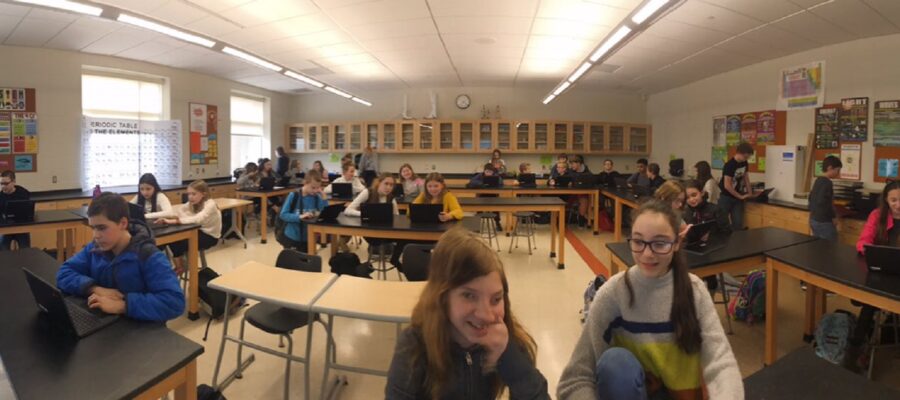

Issue: [10-30]
Category: International, Mechanical, Energy, Facility Asset Management
Colleagues: Mike Anthony, Richard Robben, Larry Spielvogel
More
Solar Panel Recycling
Institute of Electrical and Electronic Engineers:
The value of diversity in the renewable energy industry and research community
Life cycle assessment of transparent organic photovoltaic for window applications
Synthetic Turf Guidelines
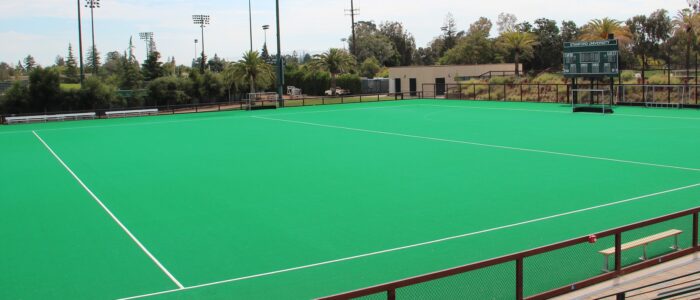
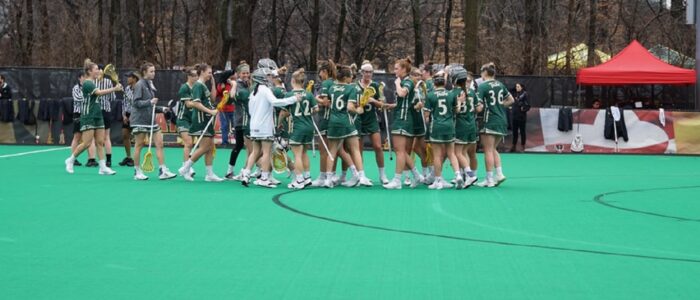
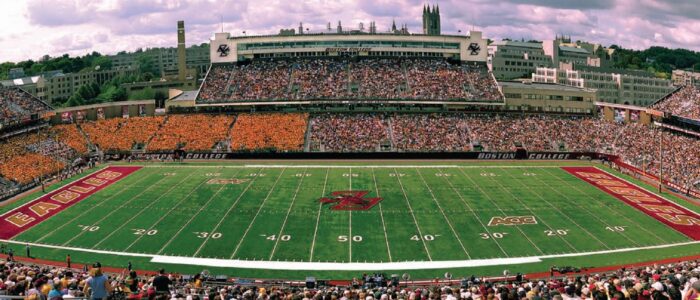
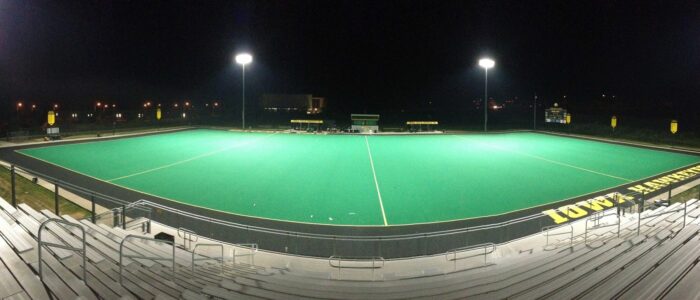
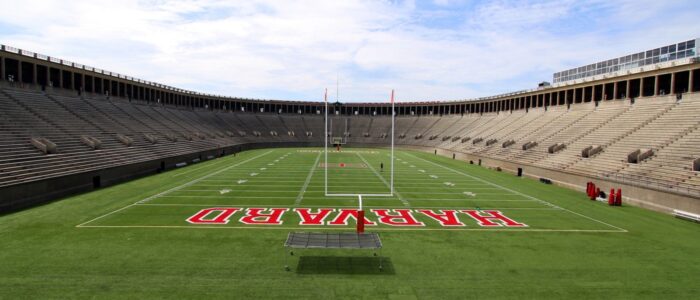
The Synthetic Turf Council is a 501(c)6 non-profit trade association serving the synthetic turf industry. Its vision is to improve the world through synthetic turf. Its mission is to serve as the global forum to promote, develop, grow and advocate for the synthetic turf industry. As a voice in its industry, it promotes the benefits of synthetic turf systems, it provides credentialing services and, for our purpose produces a bibliography of consensus products relevant to the education facility industry:
Synthetic Turf Council Technical Guidelines
You may communicate directly with the Council at the link below:
Synthetic Turf Council Contact Information
We do not find any open public consultations at the moment but we keep the Council’s consensus products in on the standing agenda of our Sport teleconferences. See our CALENDAR for the next online meeting.
LEARN MORE:
White Papers & Technical Presentations
Summer Meals
Summer Meals for Kids Site Finder
Ann Arbor Public Schools | Student Summer Food Service Program
|
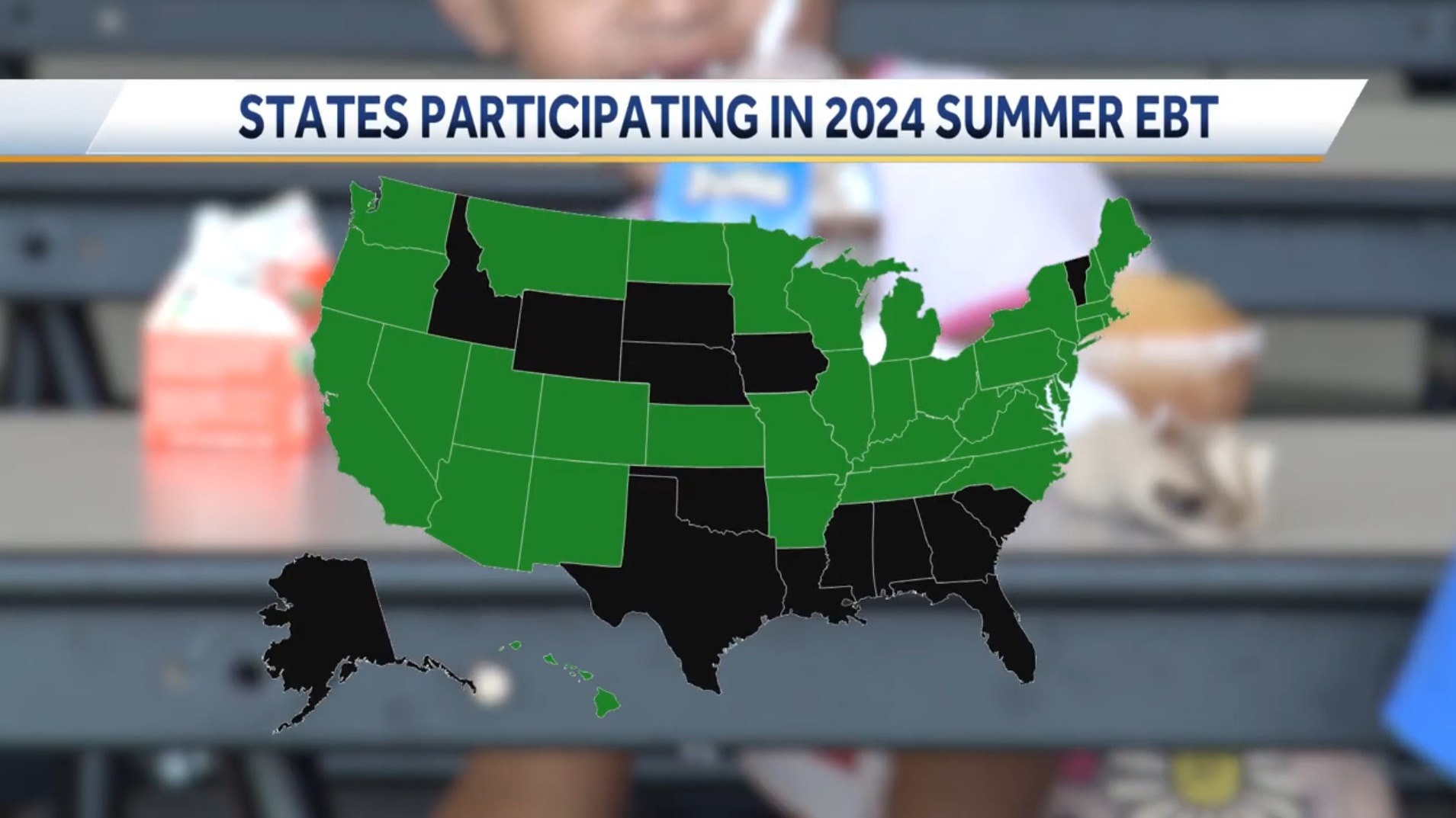
Readings
“The Negro Family: The Case For National Action” 1965 Daniel Patrick Moynihan
“Black Rednecks and White Liberals” by Thomas Sowell
“Please Stop Helping Us: How Liberals Make It Harder for Blacks to Succeed” by Jason L. Riley
“Losing the Race: Self-Sabotage in Black America” by John McWhorter
Related:
New update alert! The 2022 update to the Trademark Assignment Dataset is now available online. Find 1.29 million trademark assignments, involving 2.28 million unique trademark properties issued by the USPTO between March 1952 and January 2023: https://t.co/njrDAbSpwB pic.twitter.com/GkAXrHoQ9T
— USPTO (@uspto) July 13, 2023
Standards Michigan Group, LLC
2723 South State Street | Suite 150
Ann Arbor, MI 48104 USA
888-746-3670







